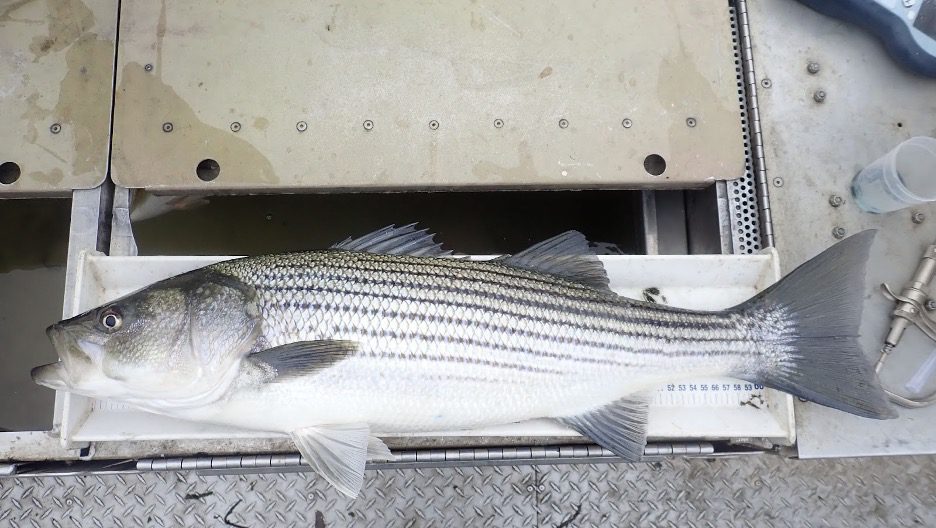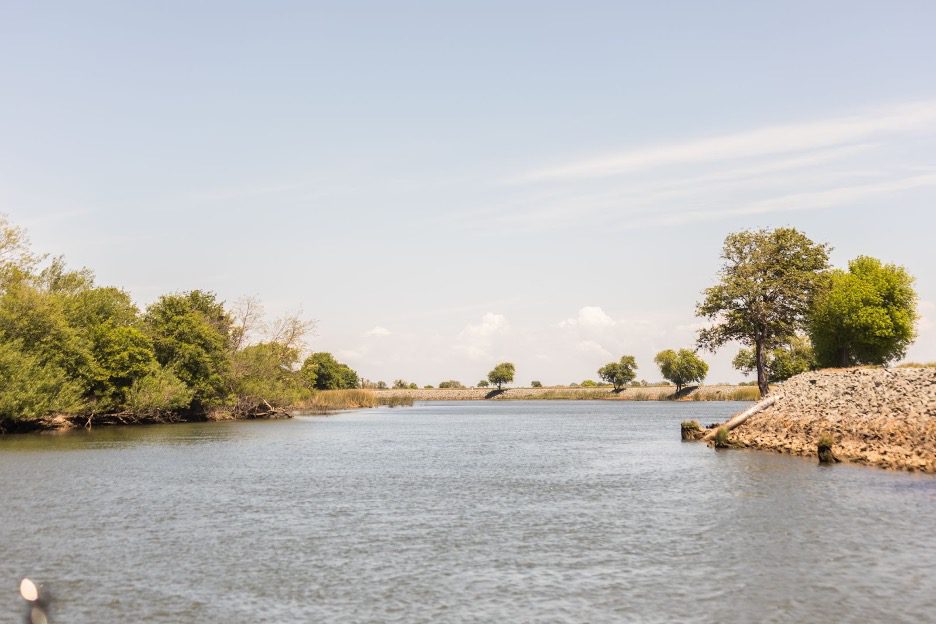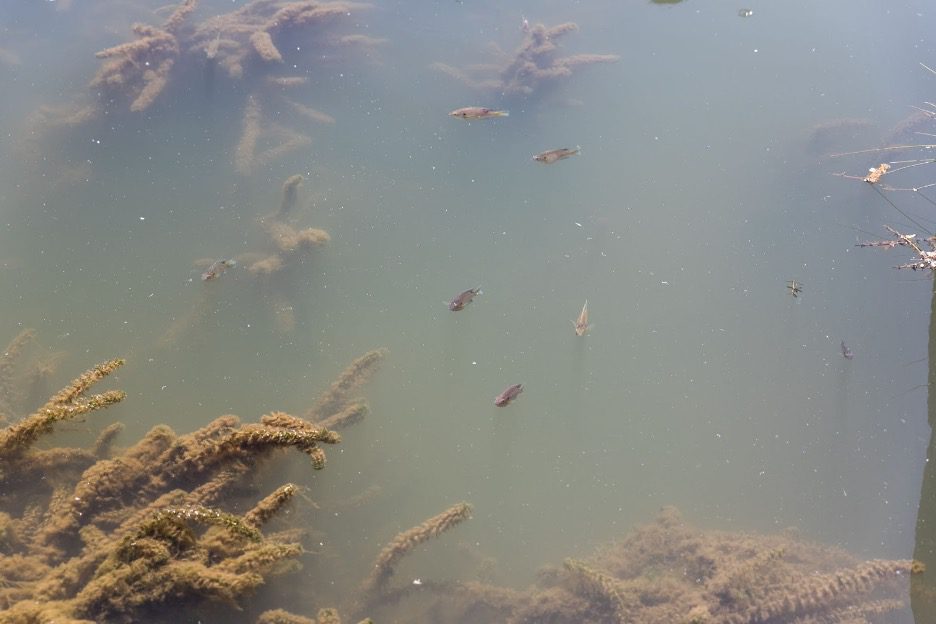Monday October 23, 2023

The fish community in California’s Sacramento-San Joaquin Delta is as much of a melting pot as the state’s human population. In fact, the channels and sloughs of the Delta are dominated by transplants, with native fish representing as little as 0.5% of species in fish community surveys. For native populations of Chinook (Oncorhynchus tshawytscha) – already beset with challenges from dams, water exports, and climate change – the abundance of introduced fish with voracious appetites for juvenile salmon represents yet another hurdle to clear while migrating to complete their life cycle. But while the impacts of dams and other factors have been extensively studied, non-native predators represent somewhat of a black box to researchers and managers. Filling in these knowledge gaps represents a substantial challenge, as sampling the entirety of the labyrinthine Delta to evaluate the abundance and habitat preferences of these invasive piscivores would be a Herculean task. Fortunately, modern technology presents some alternative solutions, as demonstrated by a recent study by scientists from the US Geological Survey and the National Marine Fisheries Service, who conducted sonar surveys as a means of gathering data on predatory fish (Henderson et al. 2023). The data they collected may allow managers to target areas favored by these invaders, and help even the odds for native fish.

Juvenile salmon making their way from their natal streams out to the ocean face a gauntlet of challenges, and among the deadliest of these are predators lying in wait in the Delta. Recent studies suggest that populations of just one of these predatory species – the striped bass (Morone saxatilis) – could consume up to 29% of emigrating salmon smolts each year. As such, it is critical for resource managers to learn about the factors that contribute to the abundance and distribution of predators in the Delta. But predatory fish are nothing if not expert lurkers, and the Delta provides abundant hiding spots. Fortunately, hydroacoustics, or the use of sound to collect images underwater, represents a means of finding the predators concealed beneath the surface. In particular, dual-frequency identification sonar – more commonly known as DIDSON – provides high-resolution footage that can be used to observe the behavior of fish and collect data on their sizes and shapes. The scientists conducting this recent study leveraged these “acoustic cameras” to record data on predators in the southern Delta. They then developed models to identify key habitat features related to predator abundance and to quantify the abundance of predators in different locations.

The researchers focused their efforts on the lower San Joaquin River and the southern Delta, as Chinook smolts moving through these regions have very poor survival. They conducted DIDSON surveys across multiple sites in April and May of 2017 during the primary emigration window for juvenile Chinook salmon. To perform the surveys, they mounted DIDSON units on both sides of a boat and drove back and forth through 1-kilometer-long study reaches, all the while recording hydroacoustic images of any fish present in the area. Because the study focused on larger fish that may be predators of Chinook, they collected footage of individuals greater than 20 centimeters in length belonging to seven different predator species and a single non-predator species. They then used the footage to create reference libraries to identify predators from the DIDSON survey data.
Ultimately, the model they built to identify predator species from DIDSON recordings was up to 98% accurate. Using data from the surveys, they were also able to build a model to predict predator densities, which estimated that predators varied from 6.81 to an astounding 329.62 individuals per 100 square meters, or about half the size of a single tennis court. Areas with very high densities of predators included the mainstem San Joaquin River, particularly near the entrance to the interior Delta. Further, they found that predator densities were associated with patches of invasive submerged aquatic vegetation, variation in water depth, and channel straightness – likely because levees and associated riprap provide desirable habitat for predators like bass.

Although DIDSON monitoring has limitations, such as not being able to provide species-level identification of observed fish (at least until machine learning improves further), it still represents a valuable tool in the arsenal of fish biologists seeking to conserve native species. Because predator removals are largely ineffective in the Delta, alternative approaches informed by this study, such as the targeted removal of aquatic vegetation favored by non-native predators, may be more effective and achievable management techniques to improve smolt survival. Indeed, the models developed in this study suggest that a reduction of non-native aquatic vegetation by just 50% could reduce predator densities by 18%. For beleaguered native salmonids like Chinook, every little bit helps, and devising management tools that have actual impacts on non-native predators may make a significant difference.
Interested in learning more about the DIDSON or have a project in mind that could use this technology? Check out our website to find out how FISHBIO may be able to assist.
This post was featured in our weekly e-newsletter, the Fish Report. You can subscribe to the Fish Report here.
